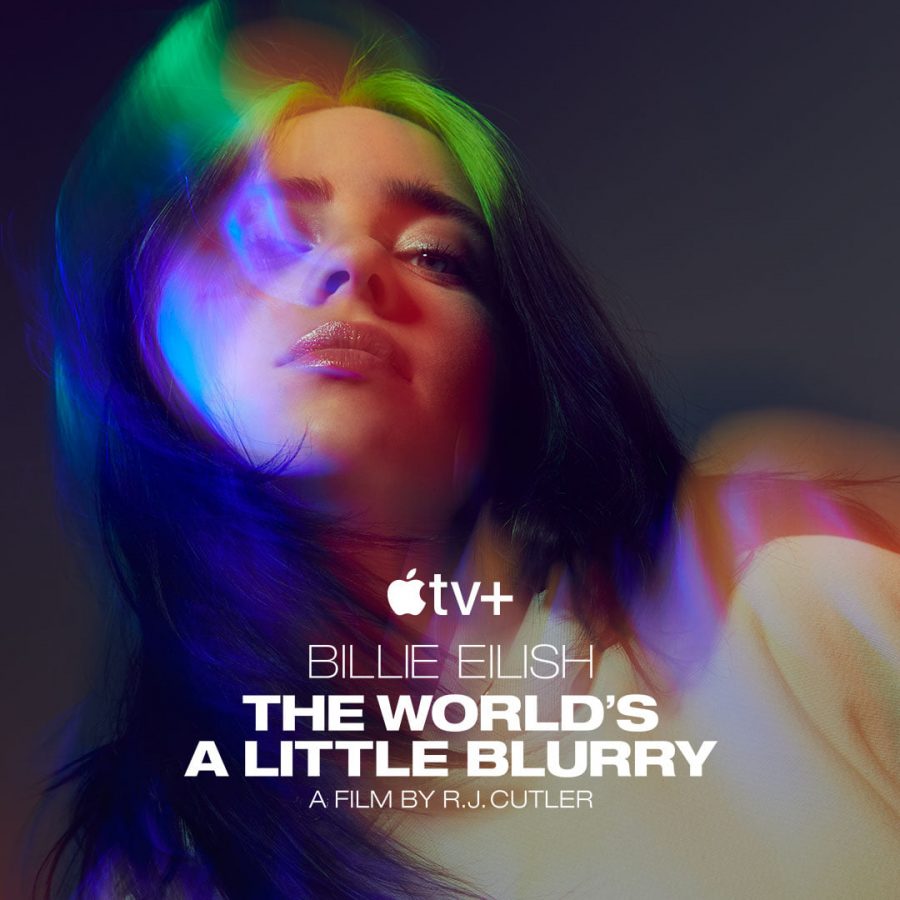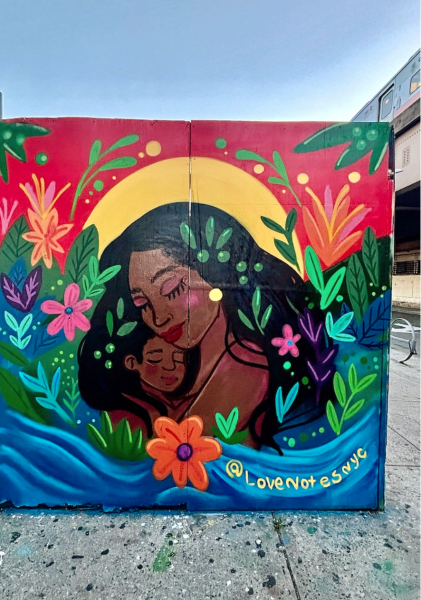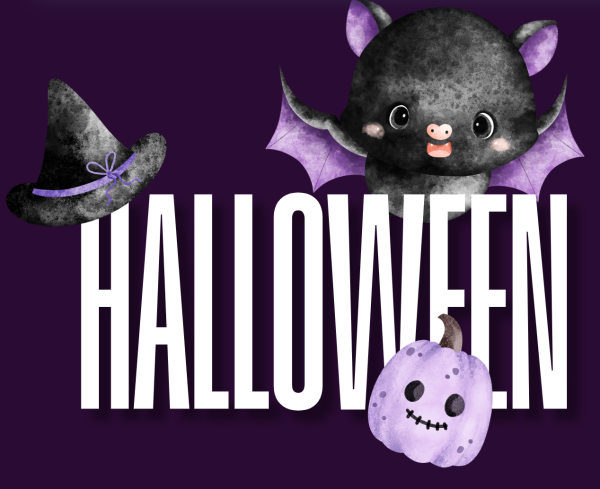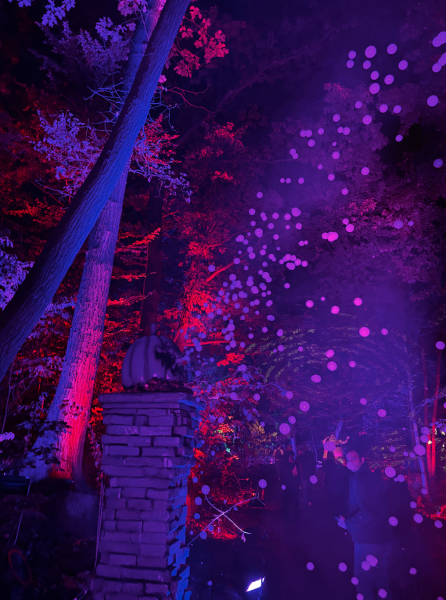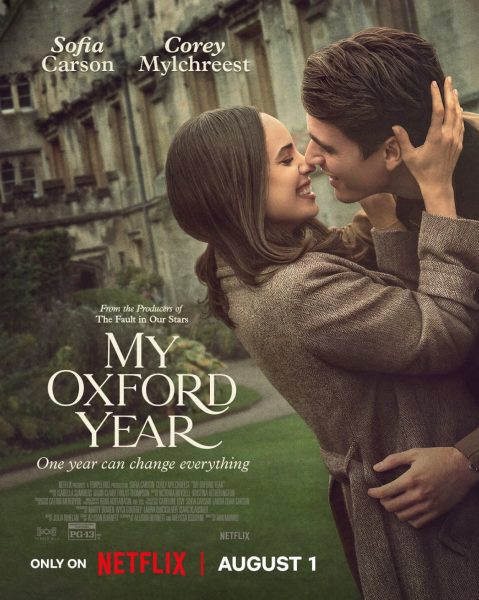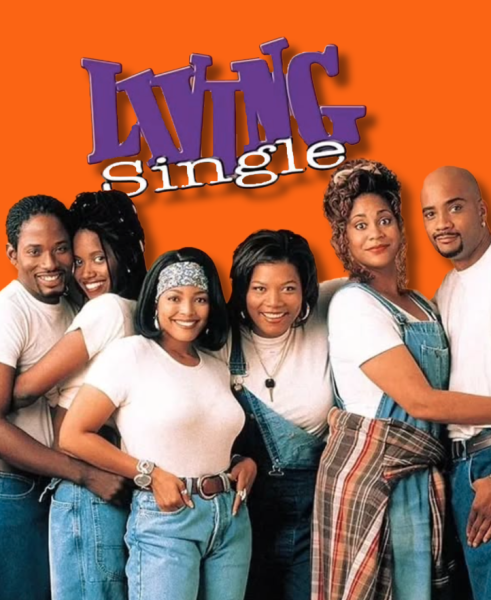“The World’s a Little Blurry” Gives a Glimpse of Billie Eilish’s Life Behind the Scenes
Pop stars often create documentaries to show their fans a side that’s a little more private and a little less perfect. Despite fame and success, these stars each live a life aimed at normalcy. For Billie Eilish, this intended lifestyle is most likely impossible to achieve. In her documentary “The World’s a Little Blurry,” Eilish’s narrative is strangely different from the others. Coming into the spotlight full force at the age of 15, Eilish balances the burdens of growing up while being No. 1 on the Billboard charts.
The film begins where it all started ― the release of “Ocean Eyes” in 2016 when Eilish was just 14. From there, the documentary accelerates quickly, much like the rest of Eilish’s childhood, which seemed to disappear after her first release. A commonality I’ve found within the documentary and Eilish’s life is the juxtaposition of euphoric highs and lows. The energy Eilish radiates in her concerts so clearly captures her passion for her music and her audience. She holds herself to a ridiculously high standard unattainable by most teenagers. To counter this, we see relatable and humanizing moments in the documentary. She struggles through the physical pain of her injuries, the heartbreak of a breakup and a battle with mental illness that seems to become a permanent roadblock.
Despite the rawest of moments struggling through her teenage years, Eilish’s talent engages the audience to fall in love with her music. Working alongside her older brother, Finneas O’Connell, Eilish perfectly articulates this array of emotions. The two prove the importance of support and collaboration, with Eilish’s vocal talent fueled by O’Connell’s musical composure and strong work ethic. Sitting together in Eilish’s childhood bedroom, where the two created the album “WHEN WE ALL FALL ASLEEP, WHERE DO WE GO,” the full production process is open to the camera. There’s a continuous cycle in which Eilish relishes in self-criticism and frustration, and O’Connell channels optimism to keep the two grounded. Their complex bond is depicted beautifully through a concert set in which Eilish and O’Connell are hovering over the crowd in a full-sized bed singing “I Love You.” I cried.
One of my favorite scenes gives a look into her music video “when the party’s over.” Eilish’s clear vision is strongly captured through the haunting cinematography of a white room where Eilish sits, black tears flushing from her eyes down her face. Isolated, Eilish’s character makes me feel so hollow, just as the lyrics made me feel when I first heard them. Despite the piece feeling complete, Eilish’s need for perfection leaves her frustrated and searching for full creative freedom and control. This is just one segment into the perceived “bossiness” I’ve surveyed from Eilish, to which I remind myself she is a 17-year-old launched into a creative career that she rarely can control.
We see pieces of Eilish’s life that have always seemed somewhat hidden, such as a personal relationship Eilish kept hidden from the camera despite it being an overwhelming influence on her life. The segments that showed Eilish’s hectic life in the spotlight were counterbalanced with the cold rejections Eilish faced from this now ex-boyfriend. She would call “Q” in moments of pure joy, or by contrast, in moments of complete exhaustion. Either way, she rarely found the engaging support she needed, which became yet another moment of relatable teenage frustration.
Eilish’s documentary portrayed a constant battle between holding herself together for the audience and supporting her own mental health struggles. At one point, we get a look into Billie’s journal. It clearly carried the weight of her spiraling mental states, with dark and fragmented imagery supplemented by unsettling sentences. Her inner thoughts within the journal would resurface through her lyrics and music videos. Eilish’s deepest sentiments were tied together so perfectly in her latest album, which swept the 2020 Grammys.
If I had to assess Eilish’s documentary, I would reject the notion it is a “coming of age” documentary in any sense. By the end of the film, I was not at all convinced Eilish has reached this level of “adulthood” the term suggests. While fully acknowledging the stress of being a teenage pop star, Eilish’s false sense of maturity masks an anxious, and at times, entitled teenager. These teenage frustrations and common battles become relatable to her audience, creating an intimate connection that feels rare in the industry. While there is a clear progression of her musical abilities, Eilish’s documentary simply recognizes the danger and beauty that amounts from a childhood expedited to a career of fame and success.





































































































































































































